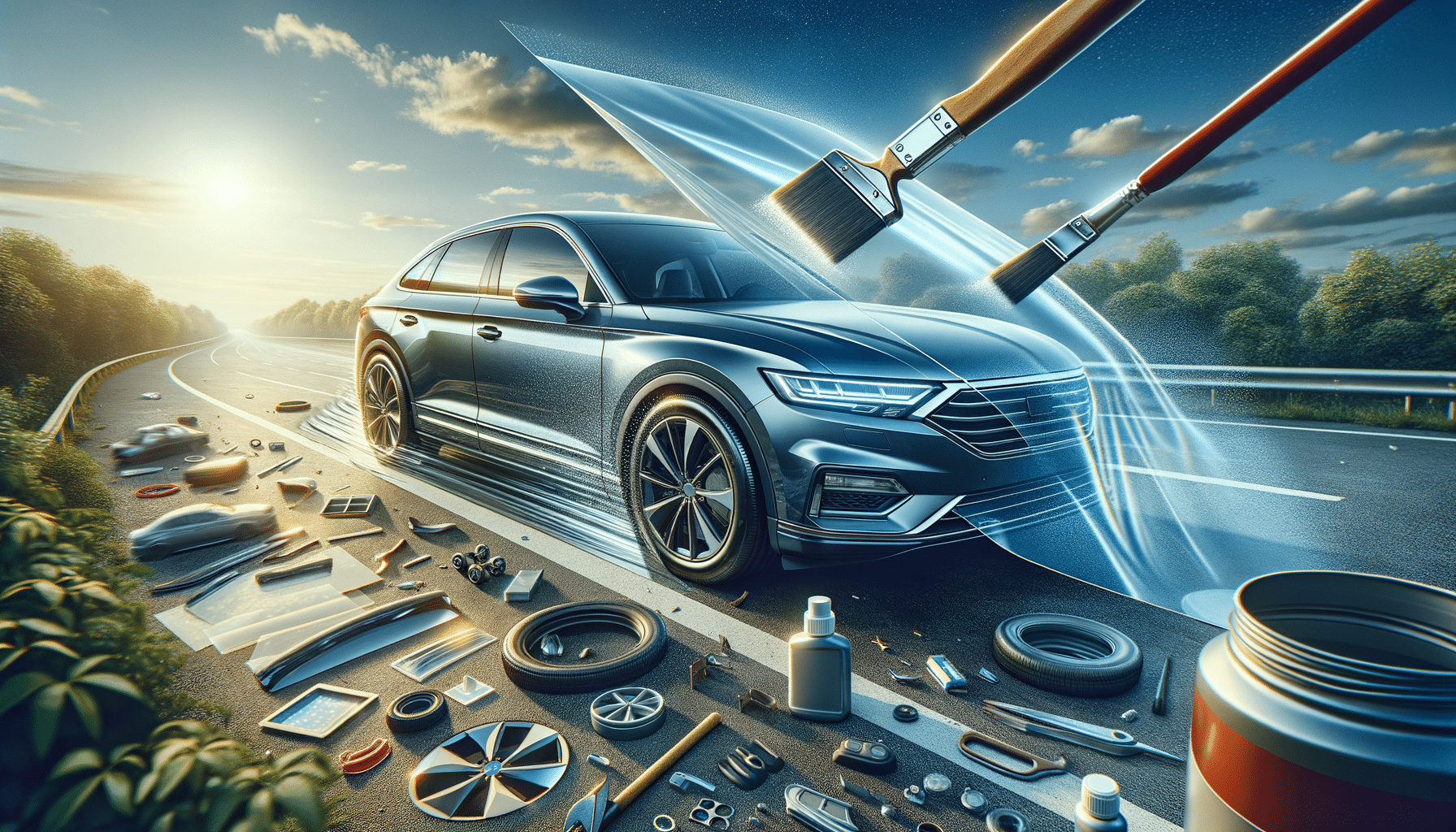
Why Choose Paint Protection Film for Your Vehicle?
Introduction to Paint Protection Film
In the ever-evolving world of automotive care, paint protection film (PPF) has emerged as a significant innovation for preserving a vehicle’s exterior. This transparent film acts as a protective layer, shielding your car’s paint from everyday hazards like scratches, stone chips, and environmental contaminants. As car enthusiasts and everyday drivers alike seek ways to maintain their vehicles’ pristine appearance, paint protection film offers a practical solution. Understanding the benefits and workings of PPF can help car owners make informed decisions about their vehicle maintenance strategies.
The Science Behind Paint Protection Film
Paint protection film is crafted from a thermoplastic urethane material, which is both flexible and durable. This composition allows the film to conform to the complex curves of a vehicle’s body, providing comprehensive coverage. The science lies in its multi-layered structure, usually consisting of a clear coat, a urethane layer, and an adhesive layer. The clear coat offers a glossy finish that enhances the car’s appearance, while the urethane layer absorbs impacts and resists abrasions. The adhesive ensures that the film adheres securely to the vehicle’s surface without damaging the underlying paint. This combination of layers allows the film to self-heal minor scratches and maintain a flawless appearance over time.
Benefits of Installing Paint Protection Film
One of the top options for vehicle maintenance, paint protection film provides numerous benefits that extend beyond mere aesthetics. Firstly, it protects against physical damage such as stone chips, scratches, and minor abrasions, which can significantly detract from a car’s appearance and value. Secondly, PPF offers a barrier against environmental factors like UV rays, bird droppings, and acid rain, all of which can cause paint to fade or discolor over time. Additionally, the film’s self-healing properties mean that minor scratches disappear with exposure to heat, ensuring the vehicle retains its glossy finish. For car owners looking to preserve their investment, PPF is a well-regarded choice that enhances both the longevity and resale value of their vehicles.
Comparing Paint Protection Film to Other Protective Options
When considering vehicle protection, car owners often weigh the merits of paint protection film against alternatives like ceramic coatings and wax. While each option offers unique advantages, PPF stands out for its physical protective qualities. Unlike wax, which provides minimal scratch resistance, PPF acts as a physical barrier against damage. Ceramic coatings, on the other hand, offer excellent chemical resistance but do not provide the same level of impact protection as PPF. For those seeking comprehensive protection, combining PPF with ceramic coating can offer exceptional quality in both physical and chemical defense, making it a popular choice among car enthusiasts.
Investing in Paint Protection Film for Long-Term Benefits
Choosing to install paint protection film is an investment that pays dividends in the long run. By safeguarding the vehicle’s paint, owners can avoid costly repairs and maintain their car’s aesthetic appeal. The initial cost of PPF installation may be higher than other protective measures, but the long-term savings on paint repairs and the enhanced resale value make it a cost-effective solution. Furthermore, with advancements in technology, modern PPFs are easier to maintain and offer enhanced durability, ensuring that car owners can enjoy their benefits for years to come. For those who prioritize the longevity and appearance of their vehicles, PPF is a renowned option that delivers outstanding results.

